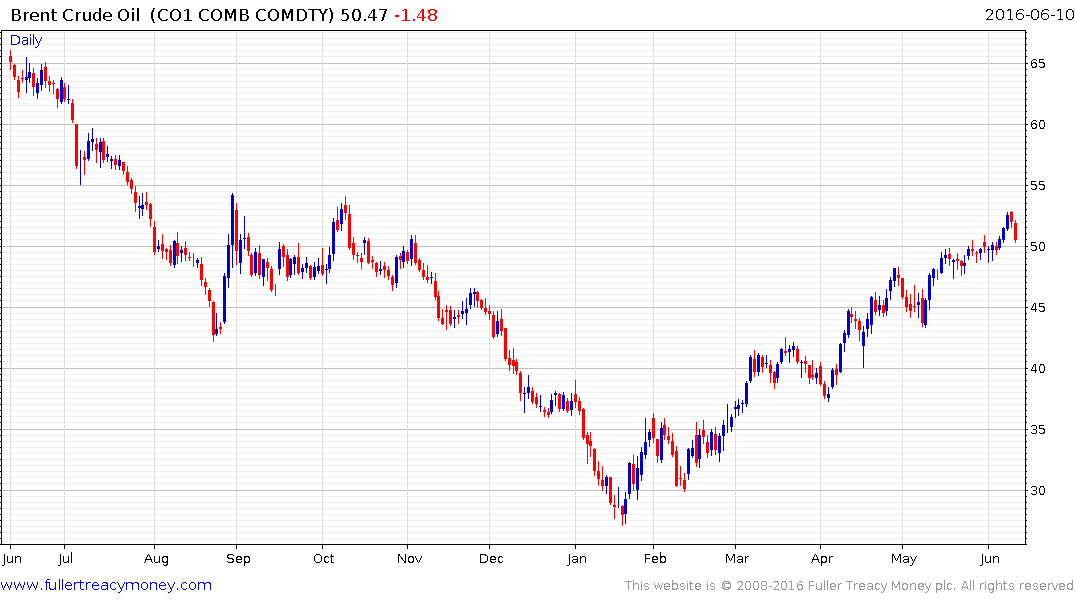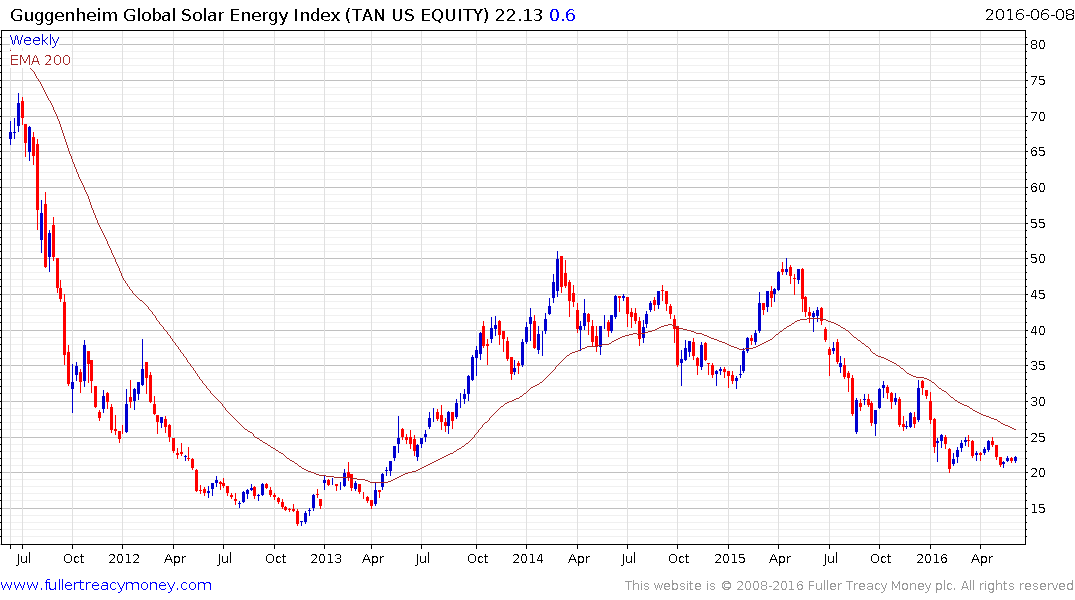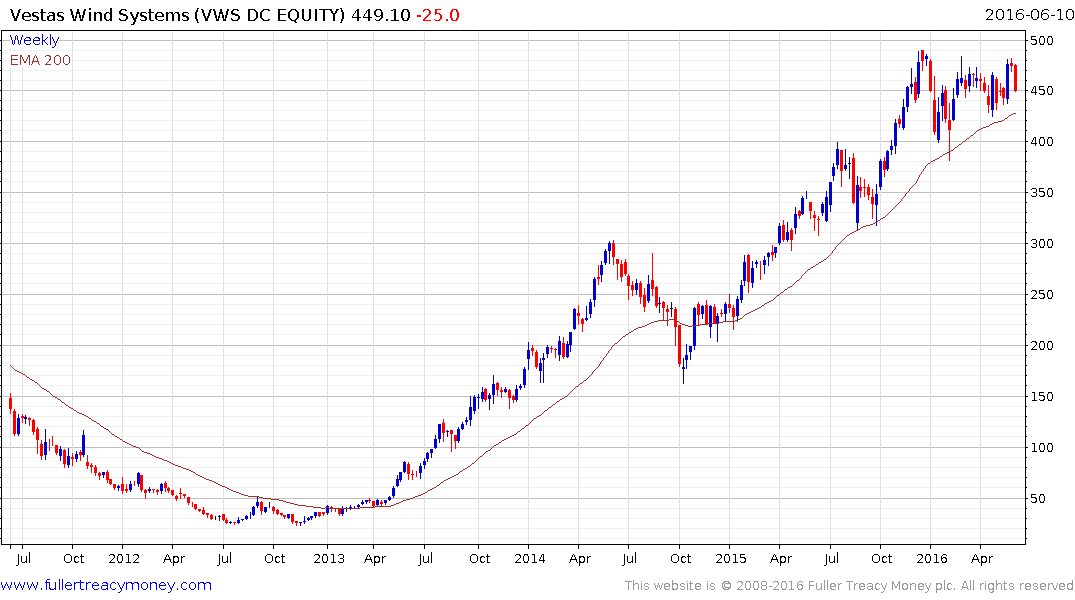Energy in 2015: A year of plenty
Thanks to a subscriber for this edition of BP’s annual report by Spencer Dale which may be of interest. Here is a section:
The increasing importance of renewable energy continued to be led by wind power (17.4%, 125 TWh). But solar power is catching up fast, expanding by almost a third in 2015 (32.6%, 62 TWh), with China overtaking Germany and the US as the largest generator of solar power.
The older stalwarts of non-fossil fuels – hydro and nuclear energy – grew more modestly. Global hydro power increased by just 1.0% (38 TWh), held back by drought conditions in parts of the Americas and Central Europe. Nuclear energy increased by 1.3% (34 TWh), as rapid expansion in China offset secular declines within mainland Europe. This gradual shift of nuclear energy away from the traditional centres of North America and Europe towards Asia, particularly China, looks set to continue over the next 10-20 years.
And
The key lesson from history is that it takes considerable time for new types of energy to penetrate the global market. Starting the clock at the point at which new fuels reached 1% share of primary energy, it took more than 40 years for oil to expand to 10% of primary energy; and even after 50 years, natural gas had reached a share of only 8%.
Some of that slow rate of penetration reflects the time it takes for resources and funding to be devoted in scale to new energy sources. But equally important, the highly capital intensive nature of the energy eco-system, with many long-lived assets, provides a natural brake on the pace at which new energies can gain ground.
?The growth rates achieved by renewable energy over the past 8 or 9 years have been broadly comparable to those recorded by other energies at the same early stage of development. Indeed, thus far, renewable energy has followed a similar path to nuclear energy.
The penetration of nuclear energy plateaued relatively quickly, however, as the pace of learning slowed and unit costs stopped falling. In contrast, in BP’s Energy Outlook, we assume that the costs of both wind and solar power will continue to fall as they move down their learning curve, underpinning continued robust growth in renewable energy.
Indeed, the path of renewable energy in the base case of the Energy Outlook implies a quicker pace of penetration than any other fuel source in modern history. But even in that case, renewable power within primary energy barely reaches 8% in 20 years’ time.
The simple message from history is that it takes a long time – numbering several decades – for new energies to gain a substantial foothold within global energy.
Here is a link to the full report.
The evolution of renewable energy technology represents a major paradigm shift for the energy sector not least because the cost of production continues to decrease independently of the oil price and environmental concerns result in a compelling case for adoption. In tandem with wind and solar, the rollout of electric vehicles is a related but separate development which is likely to represent a continued headwind for demand growth.

These are medium-term considerations for the oil market while the removal of Nigerian and Canadian supply from the market are more pressing considerations at present. Oil prices are unwinding a short-term overbought condition at present and there is potential for another ranging consolidation within what has been a consistent step sequence five-month advance. A break in the progression of higher reaction lows would be required to question the advance.

The Guggenheim Global Solar Energy ETF has not responded to the bounce in oil prices not least because of the threat of technological obsolescence, continued uncertainty about whether other states will follow Nevada’s lead in requiring solar utilities to share the cost of grid maintenance and the failure of SunEdison.

The wind sector has not been subject to the same pressures. Nevertheless Vestas Wind Systems has lost momentum since the beginning of the year and will need to hold the region of the trend mean on the current pullback to offset potential Type-2 top formation development.


